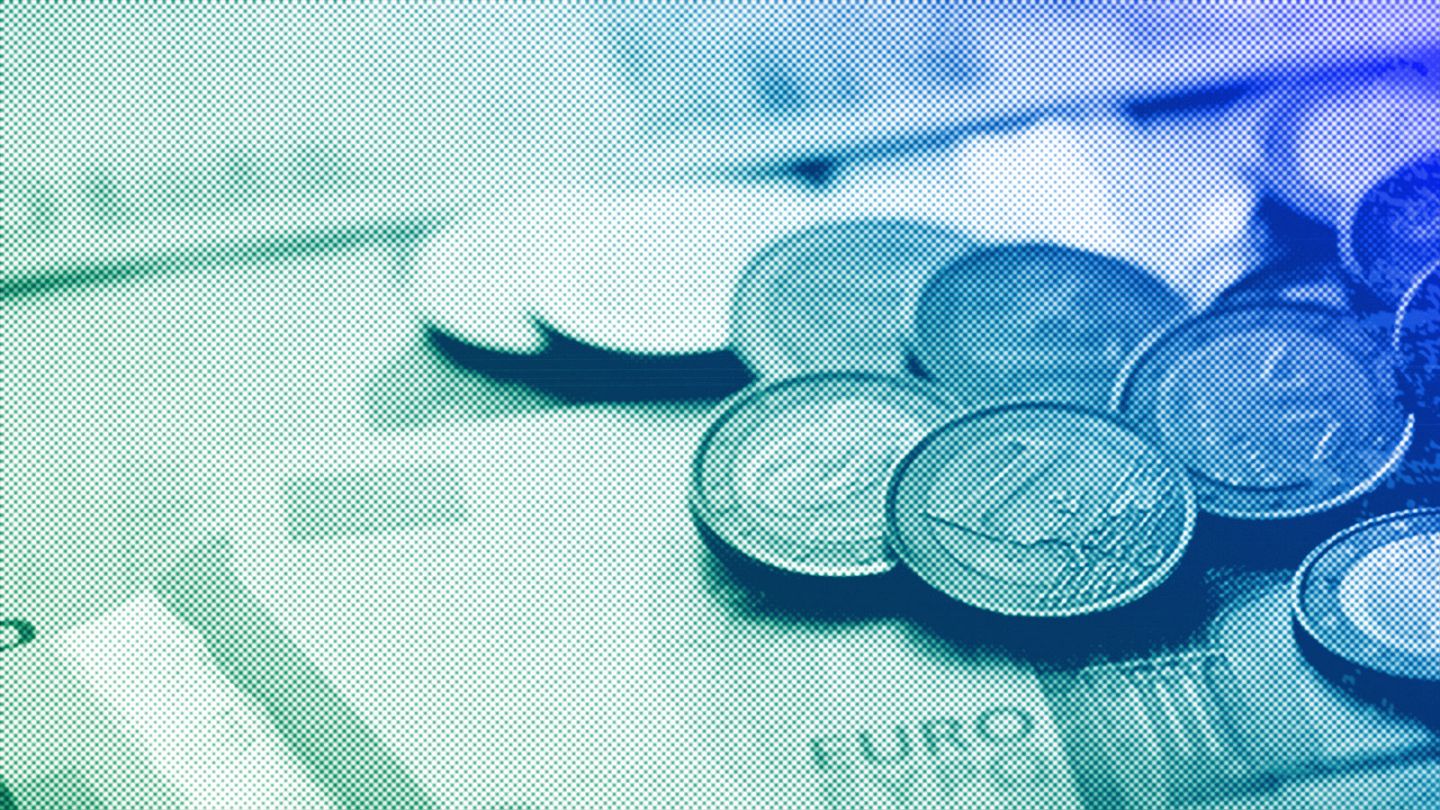Euro as a safe haven: Could it be permanent?
In a special article written for Euroviews by Sylvain Broyer from S&P Global Ratings, he notes that while the rise of the Euro as a safe haven is promising, more than just fiscal stimulus is needed to sustain this trend.
Recent market trends indicate an increasing perception of the Euro as a safe haven currency, meaning it attracts capital during times of financial uncertainty or panic. Although not always positive, being a safe haven currency has the potential to strengthen the Euro's role in the global economy. However, the dominance of the US dollar, which makes up 58% of official currency reserves, compared to the Euro's 20%, raises questions about whether this trend will continue and become permanent. In our view, this is possible, but not unconditionally, especially without a genuine Hamiltonian decision regarding public debt in Europe. Europe needs to grow its domestic economy. From a purely currency perspective, we expect the Euro to appreciate to its fair value of around $1.15 per unit. Maintaining this level will depend on the European economy's ability to rebalance its growth model towards domestic demand and reduce its trade surplus. The European economy is largely reliant on global trade, which is a characteristic deeply embedded in its DNA as a project based on the principles of the Washington Consensus. If the US market closes off to imports, Europe will face intense competition from China in its domestic market. Compared to Europe, China has competitive advantages in terms of production scale, energy costs, labor regulations, and technology. The risk of being overwhelmed by Chinese goods unable to enter the US market is significant. To rebalance without abandoning the concept of free trade, Europe needs to significantly expand its domestic economy. This process is ongoing, partly influenced by Germany's stimulus package, which is expected to have a significant impact on other European economies. Additionally, increased defense spending in EU countries could further support economic growth. We estimate that the combined effects of Germany's stimulus and increasing defense spending could add a quarter of a point to European GDP in 2026, and possibly half a point in 2027 and 2028. In a region where the long-term growth trend hovers around 1.2%, this is not an insignificant figure. These gradual changes are positive, especially as they are implemented within a rules-based framework, which could strengthen the Euro's safe haven position. However, relying solely on fiscal stimuli may be insufficient due to the limited fiscal space provided by European budget rules and the small size of the EU budget, and we assume this situation will persist. To successfully rebalance its economy by increasing domestic demand without overloading public debt, Europe must leverage its strengths in rules-based governance, skills, and savings. This requires comprehensive reforms starting with reducing internal trade barriers. Sustaining the rise of the Euro requires more than just fiscal stimulus; it demands long-term structural reforms that enhance the efficiency of the single market and rebalance global capital attraction. By focusing on these areas, Europe can strengthen its economic model and solidify the Euro's international role, which is about increasing its capacity to absorb external shocks and gaining more independence from US monetary policy. Sylvain Broyer is the Chief Economist for EMEA at S&P Global Ratings.


